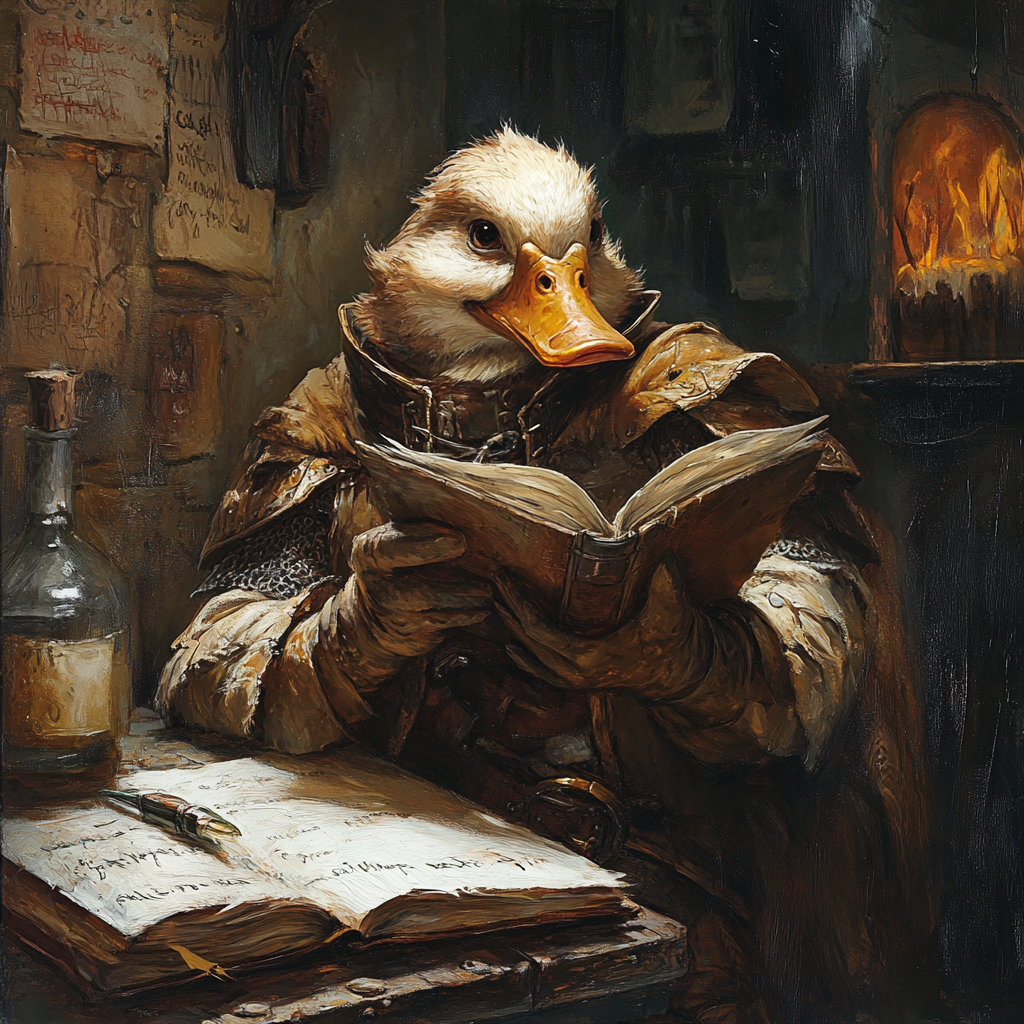The world of storytelling has always evolved with the times…
…and the digital age is proving to be a golden era for graphic novels. With technology becoming an integral part of our daily lives, modern storytelling is no longer confined to the printed page. Graphic novels, already a powerful visual medium, are now leveraging digital platforms, creating immersive experiences that were once unimaginable. Here’s why the digital age is the perfect playground for graphic novelists and storytellers:
1. Enhanced Accessibility
In the past, graphic novels were often limited by geography—readers had to find a physical copy, sometimes in a niche bookstore or specialty shop. The digital age has erased those barriers. Today, anyone with an internet connection can access graphic novels from around the world. Platforms like Amazon Kindle, ComiXology, and Webtoon allow instant access to thousands of titles, making it easier than ever for creators to reach global audiences.
2. Interactive Storytelling
Digital platforms open up a realm of possibilities for interactive storytelling. Graphic novels can now incorporate animated panels, clickable elements, and soundtracks, creating a dynamic, multimedia experience. Readers can immerse themselves in the story like never before, with technology bridging the gap between traditional reading and interactive entertainment. This blend of visuals, sound, and interactivity transforms the reader into an active participant in the narrative.

3. Creative Freedom for Artists
The digital space offers boundless opportunities for creativity. Artists can experiment with different formats, animation, and unconventional layouts without the constraints of physical printing. Motion comics, for example, combine the best elements of graphic novels and animation, giving creators a chance to stretch the limits of what visual storytelling can be. The result is a broader spectrum of storytelling styles that cater to different audiences.
4. Easy Distribution and Lower Costs
For many aspiring graphic novelists, the cost of publishing physical books can be a significant barrier. The digital age solves this by allowing independent creators to distribute their work online with minimal upfront investment. Platforms like Kickstarter, Patreon, and Tapas give creators the ability to fund their projects directly from their audience, bypassing traditional gatekeepers. This democratization of publishing allows for more diverse voices and stories to be heard.
5. Engaging a New Generation of Readers
Younger generations, who have grown up with smartphones, tablets, and computers, are naturally drawn to digital content. Graphic novels presented in digital formats fit seamlessly into their consumption habits. These readers are more likely to engage with stories that are easily accessible and adaptable to their screens. The rise of webcomics and serialized storytelling further proves how the digital age is ushering in a new era of readers who crave quick, engaging content.
6. Augmented Reality and Virtual Reality
Augmented Reality (AR) and Virtual Reality (VR) are pushing the boundaries of graphic novels even further. Imagine holding your phone over a page and watching the characters come to life through AR or stepping into the world of your favorite graphic novel with VR. These technologies are still in their infancy but hold incredible potential for the future of storytelling, transforming how readers experience and interact with narratives.
7. Sustainability and Environmental Impact
Going digital also contributes to a more sustainable approach to publishing. With digital graphic novels, the need for paper, ink, and physical distribution is reduced, lowering the environmental footprint of the industry. As more creators and readers become environmentally conscious, digital storytelling offers a greener alternative to traditional publishing methods.
8. Collaboration Across Borders
The digital age makes collaboration easier than ever before. Graphic novelists can work with writers, illustrators, and colorists from all around the world without being in the same room. This cross-border collaboration results in more diverse, innovative stories, reflecting a range of perspectives and artistic styles that wouldn’t have been possible a few decades ago.
Conclusion
The digital age has revolutionized how we create, share, and consume stories. For graphic novels, this is a time of unparalleled opportunity. Technology has expanded the possibilities of the medium, offering enhanced accessibility, interactive elements, and boundless creative freedom. As the digital world continues to evolve, so too will the art of graphic novels, proving that the future of storytelling is brighter—and more dynamic—than ever before.





